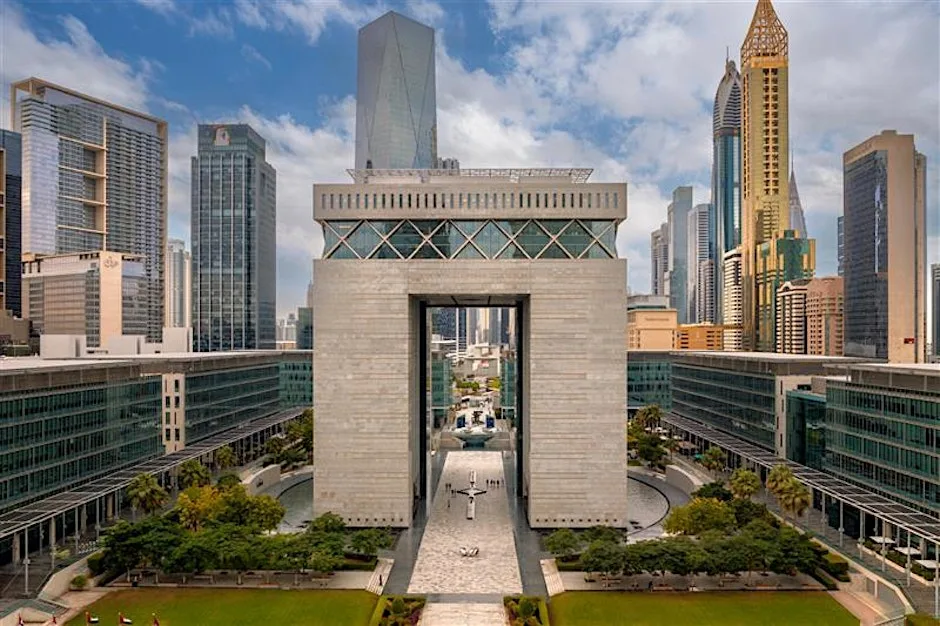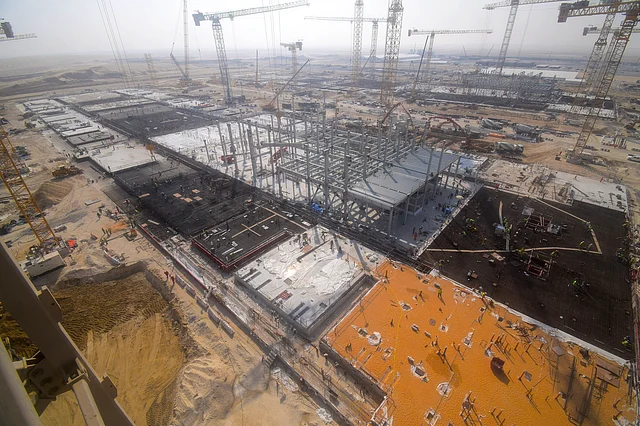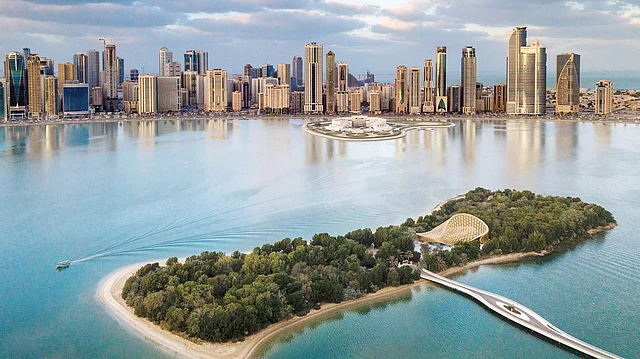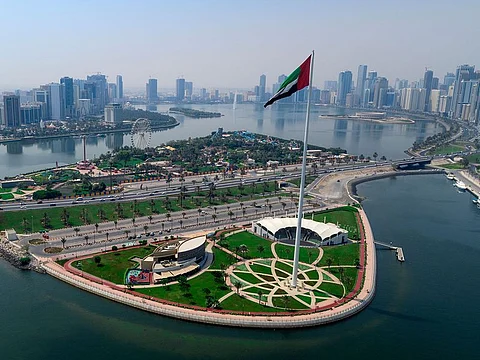The International Monetary Fund (IMF) has raised its real GDP growth forecast for the UAE to 4.8% for 2025, an upgrade reflecting the nation’s strong non-oil sector performance and sustained economic momentum. The projection, released in the October 2025 World Economic Outlook, signals continued investor confidence in the country’s diversified economy.
Economic Strength and Future Projections
The IMF’s latest report highlights the UAE as one of the strongest economic performers in the Middle East. The revised 4.8% growth forecast for 2025 is an increase from the Fund’s previous estimate in April. Furthermore, the IMF maintained its earlier projection of 5% growth for the UAE in 2026, indicating a stable and positive long-term outlook.
Key drivers for this robust activity include strong domestic demand, a thriving tourism sector, and significant infrastructure investment. The report also acknowledges the impact of government initiatives aimed at advancing digital transformation and industrial growth, which have bolstered the non-oil economy.
Regional and Global Context
Across the broader Middle East and Central Asia region, the IMF anticipates economic growth to accelerate from 2.6% in 2024 to 3.5% in 2025 and 3.8% in 2026. This positive regional trend contrasts with a moderating global outlook, where growth is expected to slow from 3.3% in 2024 to 3.2% in 2025.
The UAE’s strong economic performance is mirrored in its booming real estate market, which has seen Dubai property sales surge and the overall UAE real estate market hitting historic highs. This investor confidence underpins the IMF’s positive assessment.
In its analysis, the Fund advised governments to focus on credible and sustainable policies to maintain stability. It specifically called for rebuilding fiscal buffers, safeguarding central-bank independence, and intensifying structural reforms. Despite the strong macroeconomic indicators, a recent survey noted that one in four UAE residents remain uncertain about their long-term financial future, highlighting the importance of continued economic stability.







